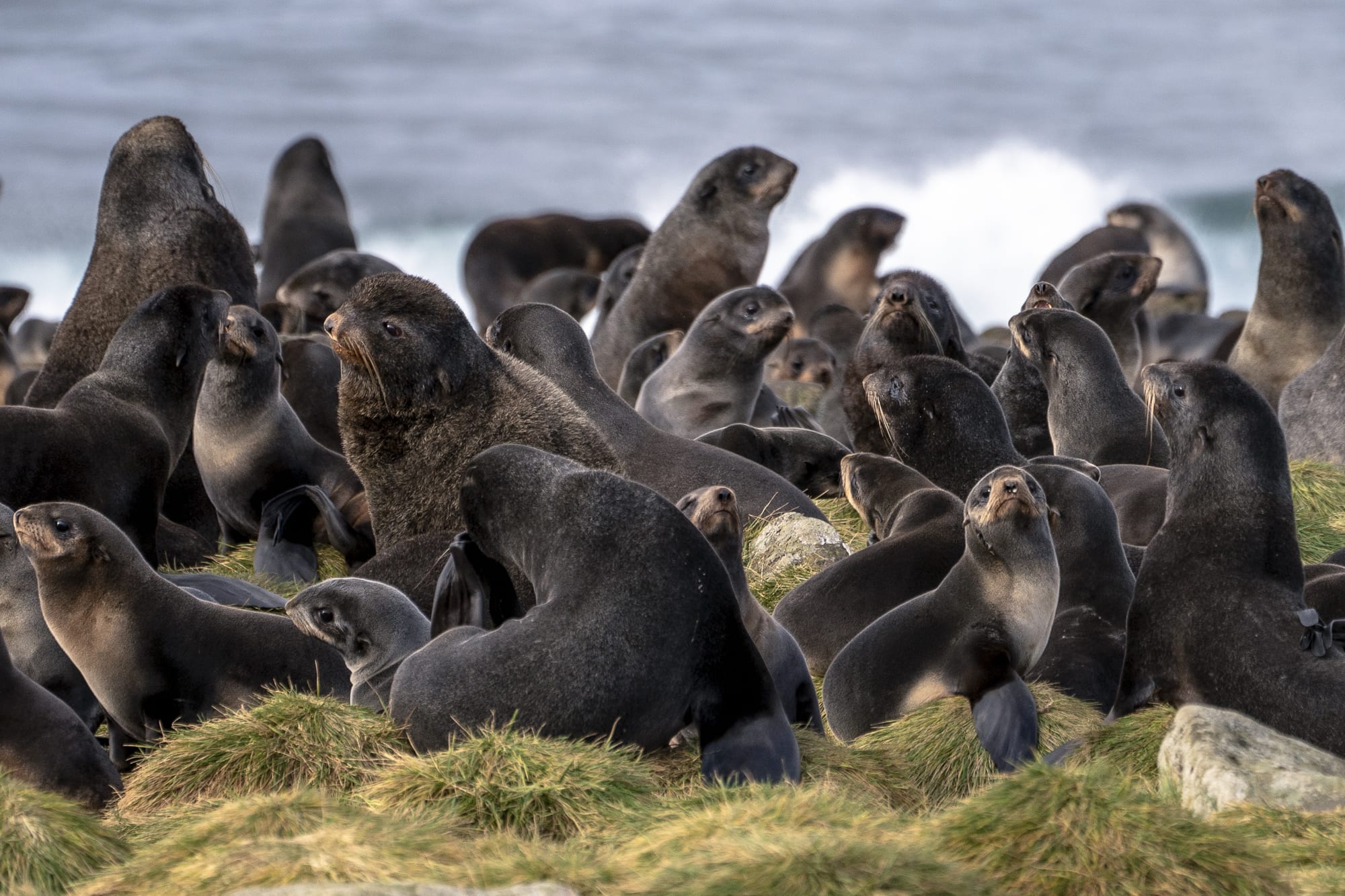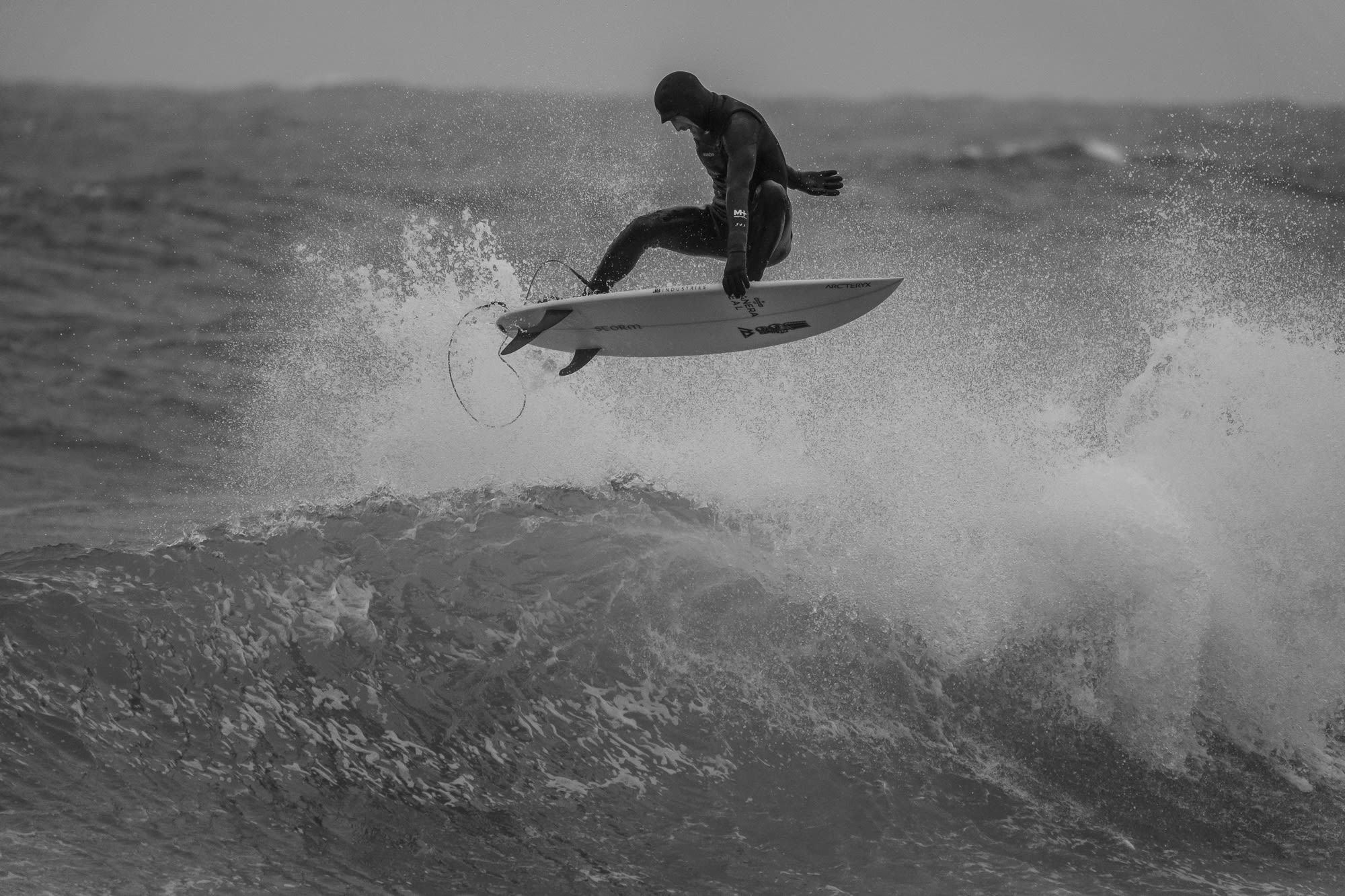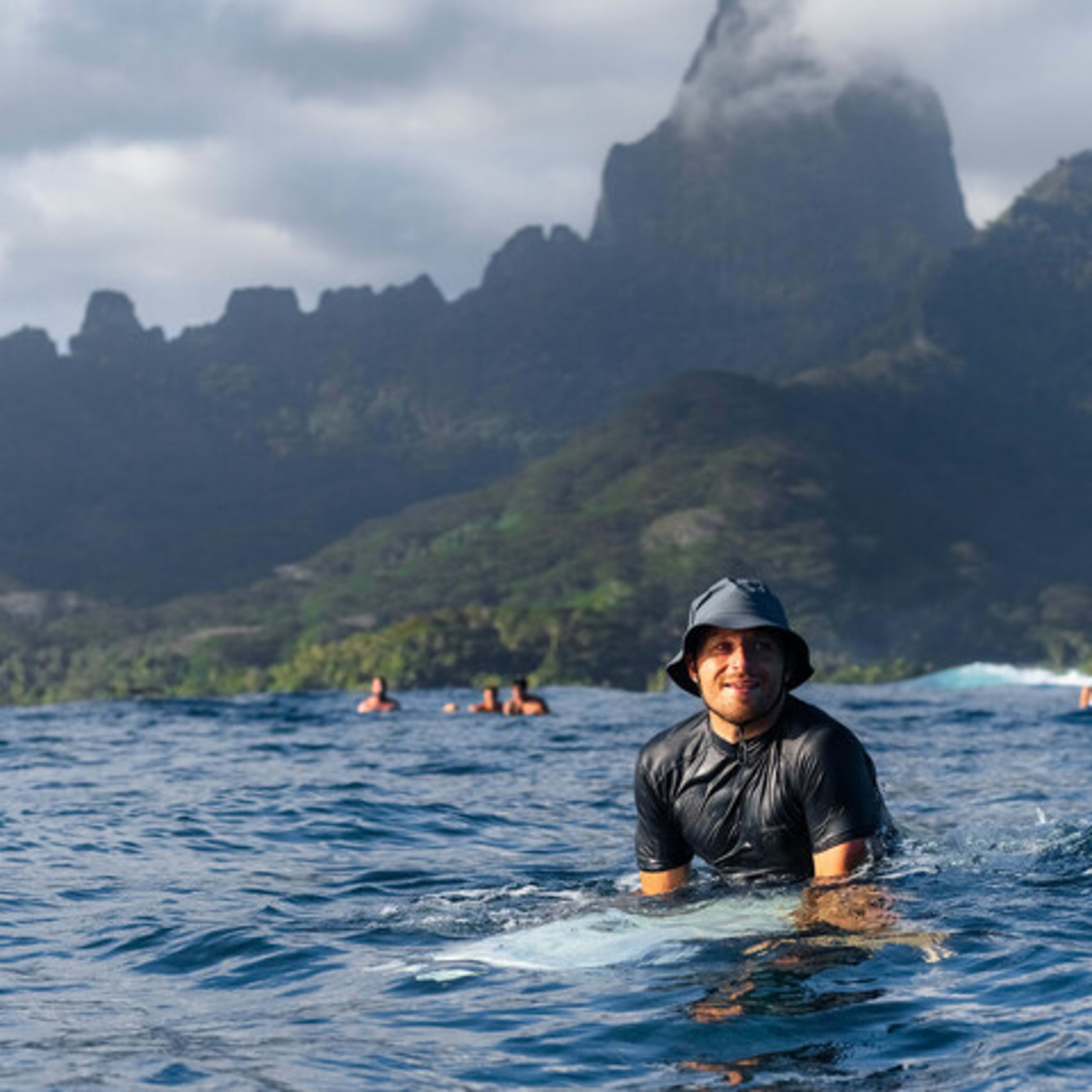Surfing in the Pribilof Islands | Welcome to St. Paul Island Alaska
“Return To Bering” Explores The Most Remote Alaskan Surf

“Return To Bering” Goes Deeper Into Some Of The Most Remote Surf In The World
Out in the depths of the Bering Sea sit two islands, St. Paul and St. George, far removed from the Aleutian island chain and unknown to all but a handful of surfers. While there is no lack of set ups nor swell, the surfing population between the two islands consisted of one human being, Ricardo Meculief. The only other knwon surfers to hit these shores came along with a filmmaker bent on frigid explorations in pursuit of raw, empty surf because it is exactly these types of places–remote, desolate, and freezing–that Ben Weiland has dreamt of and documented for years.
In 2022, Weiland sent chills and thrills through the surf world with Island X, his documentary surf expedition to St. Paul with a tight crew featuring Pete Devries, Mark McInnis, Josh Mulcoy, and Noah “Waggy” Wegrich. His latest film, Return to Bering, marks his fourth visit and one where he and his crew, now including teammate and filmmaker Brian Davis, go deeper with the local community and even teach some of the local kids how to surf. Return to Bering will be screening this Saturday, December 7, at Dear Tomorrow in Oceanside. Click here for tickets.
In a place where the locals grow up in fear of the water–understandably–given the giant swells and freezing temperatures, this was no small feat. The crew came prepared with soft tops and kids-sized wetsuits and, after an on land lesson in a classroom, it was off to the beach where the groms all played in the ocean for their first time. As you would expect, once they felt comfortable and safe in the water, they all had a blast gliding on small waves and splashing around in the shorebreak.

While our dreams for exploration run deep, reality often reminds us that many have come before us and that the best lesson is the journey itself and the connections we make along the way. In the opening scenes we hear Aquilina Lestenkova, a local Aleut, narrating a message on the history of navigation of the native peoples of Alaska and how they could read the stars, currents, and wildlife to help lead their way home.
These trips all started thanks to a tip off from a scientist, Jeremy Sterling, who was stationed there to study the fur seal populations. As a surfer undercover, he couldn’t help but notice all the primo set ups and how often they turned on. In 2015, he reached out to Weiland to tip him off.
He kept feeding me photos of waves, trying to lure me out there. Because he was on the job doing research he didn’t really get to surf many of the best waves he was seeing. Eventually I went there to scout it out and see if the potential was actually as good as it seemed in his photos.
Ben WeilAND ON JEREMY STERLING
Returning to the island brought a wealth of new perspective to Weiland, “At first, you think you are going out to this remote spot where there is nothing happening. Once you’re there you realize there’s people living there in a tight-knit community. Their whole lives are based there and they’ve found a way to thrive. To them, they don’t just live at the edge of the map. There’s a lot of history and tradition and family tied to that place. Even crazier was that there was someone who was surfing there for years before we got there, we went thinking we were pioneers discovering new spots. I feel really fortunate to able to return over the years and form relationships that have now gone to a deeper level. It brings so much richness to these trips and to life in general.”

The volatile weather of the area–like whiteout blizzards, days of nonstop rain, and weeks of fog–makes travel to the outer islands of Alaska wildly unpredictable. Summer months are particularly difficult as that is when the fog can really kick in and take hold. In the film, we hear Ricardo say that they had friends who were stranded for months over the summer because the fog was too thick for any flights to get in or out. Weiland and his crew face several delays in Anchorage before getting to St. George and scoring good waves. It wasn’t long though before they were allured by the prospect of new waves on the outer island of St. Paul and set off for the unknown.
Their mission proves challenging but also rewards them with an opportunity to get to know an even more remote island community, St. George, home to only 30 people (as opposed to the 400 on St. Paul). Shortly after arriving the crew follows a white fox down to a seemingly perfect left point, what happens next is one of the most climactic scenes in the film. Sorry, no spoiler here, you have to see it for yourself.
The film was supported by Finisterre, Channel Islands, Hydro Flask, and Real Water Sports. “They helped cover our travel expenses and bring extra gear up for the kids to have surf lessons so we’re really grateful for all the help. We also want to extend a huge thank you to the communities of St. Paul and St. George for hosting us, supporting us, and extending such warm hospitality.”
